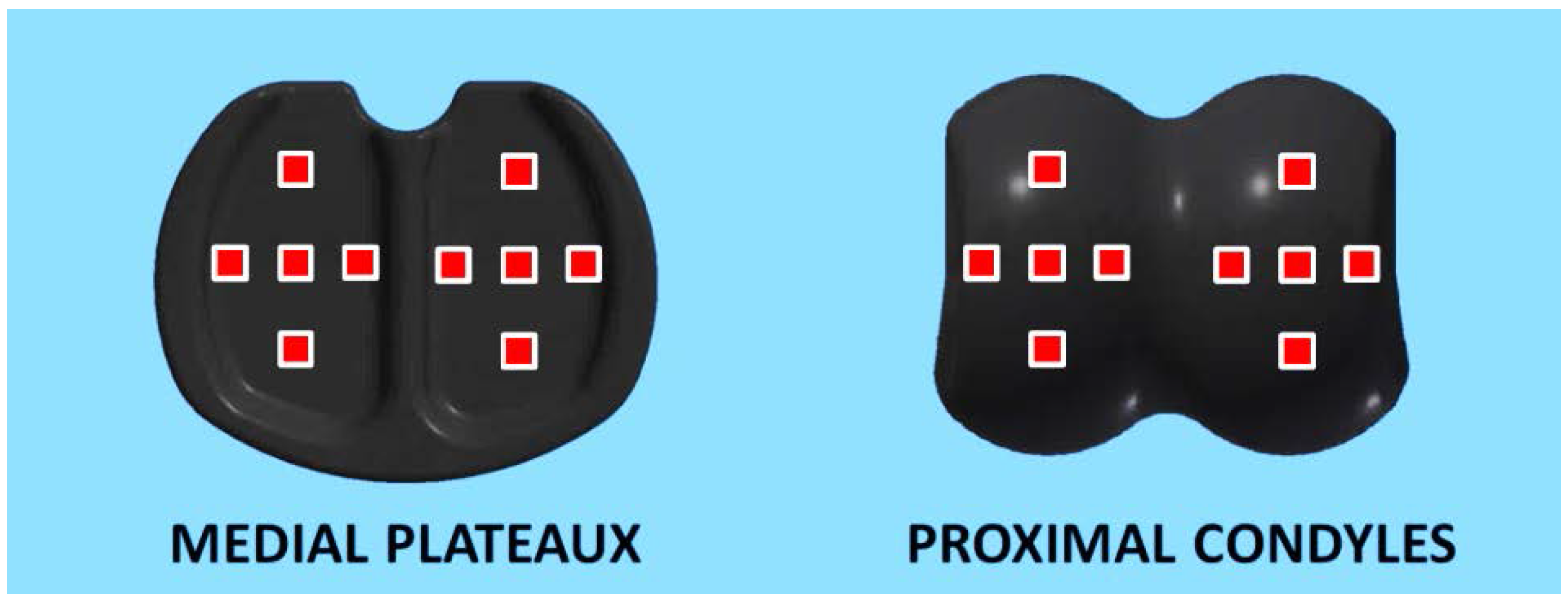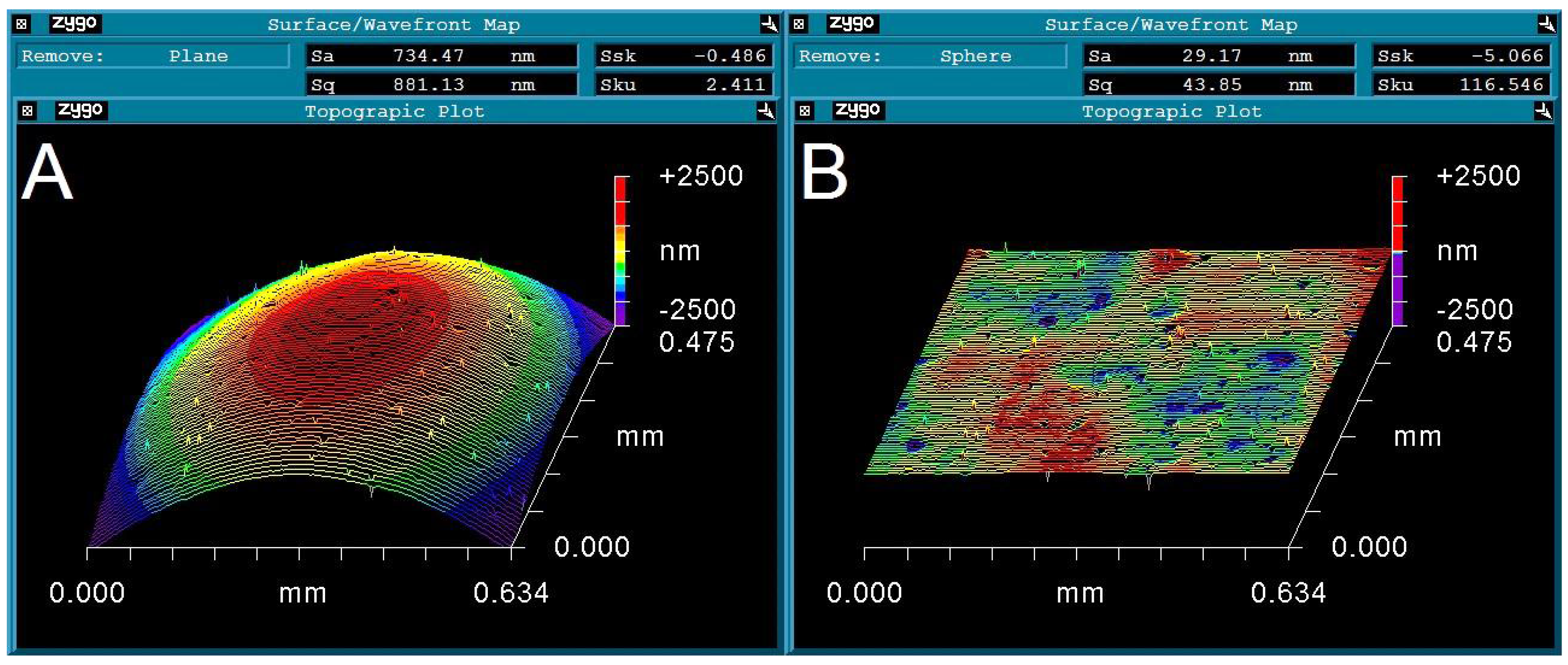In Response to Michael Wininger’s Commentary: Common Roadblocks for Biomaterials Metrologists
1. So Why Did We Select These Parameters?
2. Key Points Raised by Wininger
2.1. Sample Size
2.2. Roughness Parameters
References
- Wininger, M. Common roadblocks for biomaterials metrologists. J. Funct. Biomater. 2016, 7, 12. [Google Scholar] [CrossRef] [PubMed]
- Naylor, A.; Talwalkar, S.; Trail, I.; Joyce, T. Evaluating the surface topography of pyrolytic carbon finger prostheses through measurement of various roughness parameters. J. Funct. Biomater. 2016, 7, 9. [Google Scholar] [CrossRef] [PubMed]
- Naylor, A.; Bone, M.C.; Unsworth, A.; Talwalkar, S.C.; Trail, I.A.; Joyce, T.J. In vitro wear testing of the PyroCarbon proximal interphalangeal joint replacement: Five million cycles of flexion and extension. Proc. Inst. Mech. Eng. Part H 2015, 229, 362–368. [Google Scholar] [CrossRef] [PubMed]
- Naylor, A.; Talwalkar, S.C.; Trail, I.A.; Joyce, T.J. In vitro wear testing of a CoCr-UHMWPE finger prosthesis with hydroxyapatite coated CoCr Stems. Lubricants 2015, 3, 244–255. [Google Scholar] [CrossRef]
- Bone, M.C.; Giddins, G.; Joyce, T.J. An analysis of explanted pyrolytic carbon prostheses. J. Hand Surg. (Eur. Vol.) 2014, 39, 666–667. [Google Scholar] [CrossRef] [PubMed]
- Scholes, S.C.; Kennard, E.; Gangadharan, R.; Weir, D.; Holland, J.; Deehan, D.; Joyce, T.J. Topographical analysis of the femoral components of ex vivo total knee replacements. J. Mater. Sci. Mater. Med. 2013, 24, 547–554. [Google Scholar] [CrossRef] [PubMed]
- Hall, R.M.; Siney, P.; Unsworth, A.; Wroblewski, B.M. The effect of surface topography of retrieved femoral heads on the wear of UHMWPE sockets. Med. Eng. Phys. 1997, 19, 711–719. [Google Scholar] [CrossRef]
- Sedlaček, M.; Podgornik, B.; Vižintin, J. Correlation between standard roughness parameters skewness and kurtosis and tribological behaviour of contact surfaces. Tribol. Int. 2012, 48, 102–112. [Google Scholar] [CrossRef]
- British Standards Institute. Geometric Product Specification, Surface Texture (Areal). Part 2: Terms, Definitions and Surface Texture Parameters; British Standards Institute: London, UK, 2012. [Google Scholar]


© 2016 by the author. Licensee MDPI, Basel, Switzerland. This article is an open access article distributed under the terms and conditions of the Creative Commons Attribution (CC-BY) license ( http://creativecommons.org/licenses/by/4.0/).
Share and Cite
Naylor, A. In Response to Michael Wininger’s Commentary: Common Roadblocks for Biomaterials Metrologists. J. Funct. Biomater. 2016, 7, 20. https://doi.org/10.3390/jfb7030020
Naylor A. In Response to Michael Wininger’s Commentary: Common Roadblocks for Biomaterials Metrologists. Journal of Functional Biomaterials. 2016; 7(3):20. https://doi.org/10.3390/jfb7030020
Chicago/Turabian StyleNaylor, Andrew. 2016. "In Response to Michael Wininger’s Commentary: Common Roadblocks for Biomaterials Metrologists" Journal of Functional Biomaterials 7, no. 3: 20. https://doi.org/10.3390/jfb7030020




